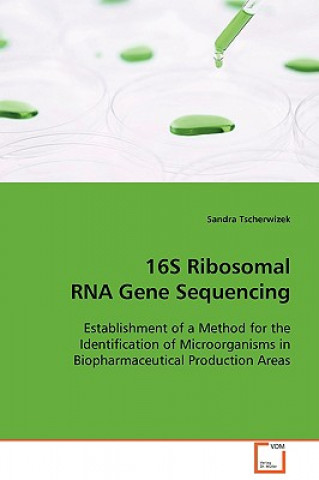
Kód: 06819834
16S Ribosomal RNA Gene Sequencing
Autor Sandra Tscherwizek
In biopharmaceutical production areas the microbial §count should be kept to a minimum to ensure the §stability and cleanliness of drug products. In general, the conventional API and VITEK methods are §used to characterize them. H ... celý popis
- Jazyk:
 Angličtina
Angličtina - Vazba: Brožovaná
- Počet stran: 80
Nakladatelství: VDM Verlag, 2008
- Více informací o knize

Mohlo by se vám také líbit
-
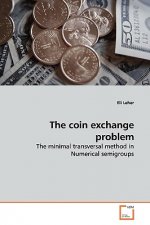
coin exchange problem
1475 Kč -

Whiskey
600 Kč -
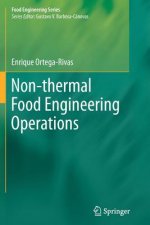
Non-thermal Food Engineering Operations
3017 Kč -

Haunting Adeline
620 Kč -

Silent Voice Complete Series Box Set
1689 Kč -

111 Ways to Let Go of Painful Relationships
412 Kč -

F-111 Aardvark Pilot's Flight Operating Manual
853 Kč -
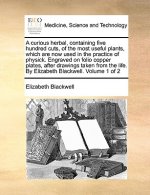
Curious Herbal, Containing Five Hundred Cuts, of the Most Useful Plants, Which Are Now Used in the Practice of Physick. Engraved on Folio Copper Plate
940 Kč -

Broken Churches, Broken Nation
714 Kč -

Envisioning Africa
965 Kč -

Ode to the Wicker Man
905 Kč -

Bath Night and Hockey Sticks
322 Kč -

Seventh Bridge
322 Kč -

Seventh-Day Men
1615 Kč -

3D Weaving
1712 Kč -

Andreas Feiniger
733 Kč -
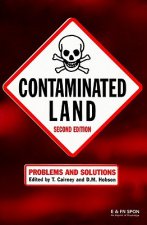
Contaminated Land
14367 Kč -
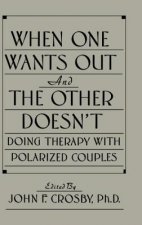
When One Wants Out And The Other Doesn't
2256 Kč -

72nd New York Infantry in the Civil War
1369 Kč -

Our Trust is in the God of Battles
1262 Kč -

Learning Teaching, w. DVD-ROM
1399 Kč
Dárkový poukaz: Radost zaručena
- Darujte poukaz v libovolné hodnotě a my se postaráme o zbytek.
- Poukaz se vztahuje na celou naši nabídku.
- Elektronický poukaz vytisknete z e-mailu a můžete ihned darovat.
- Platnost poukazu je 12 měsíců od data vystavení.
Více informací o knize 16S Ribosomal RNA Gene Sequencing
Nákupem získáte 148 bodů
 Anotace knihy
Anotace knihy
In biopharmaceutical production areas the microbial §count should be kept to a minimum to ensure the §stability and cleanliness of drug products. In general, the conventional API and VITEK methods are §used to characterize them. However, more and more §frequently, microbiologists isolate "difficult" §strains that such automated systems often fail to §identify. Those "difficult" strains are often found §in clean room areas, because the use of §disinfectants leads to a change in the metabolic §pattern and so the conventional methods provide §wrong results. The author, Sandra Tscherwizek, shows §an opportunity to identify such difficult strains §via a 16S rRNA gene sequencing method based on the §genetic level, and describes how to interpret the §outcome. Furthermore a cost-benefit calculation was §done to compare the conventional methods Vitek and §API with the sequencing method. The study shows that §an identification of microorganisms by 16S rRNA gene §sequencing leads to higher resolution power compared §to conventional biochemical methods. In biopharmaceutical production areas the microbial §count should be kept to a minimum to ensure the §stability and cleanliness of drug products. In §general, the conventional API and VITEK methods are §used to characterize them. However, more and more §frequently, microbiologists isolate "difficult" §strains that such automated systems often fail to §identify. Those "difficult" strains are often found §in clean room areas, because the use of §disinfectants leads to a change in the metabolic §pattern and so the conventional methods provide §wrong results. The author, Sandra Tscherwizek, shows §an opportunity to identify such difficult strains §via a 16S rRNA gene sequencing method based on the §genetic level, and describes how to interpret the §outcome. Furthermore a cost-benefit calculation was §done to compare the conventional methods Vitek and §API with the sequencing method. The study shows that §an identification of microorganisms by 16S rRNA gene §sequencing leads to higher resolution power compared §to conventional biochemical methods.
 Parametry knihy
Parametry knihy
Zařazení knihy Knihy v angličtině Mathematics & science Biology, life sciences
1475 Kč
- Plný název: 16S Ribosomal RNA Gene Sequencing
- Autor: Sandra Tscherwizek
- Jazyk:
 Angličtina
Angličtina - Vazba: Brožovaná
- Počet stran: 80
- EAN: 9783639109030
- ISBN: 3639109031
- ID: 06819834
- Nakladatelství: VDM Verlag
- Hmotnost: 118 g
- Rozměry: 229 × 152 × 4 mm
- Datum vydání: 10. December 2008
Oblíbené z jiného soudku
-
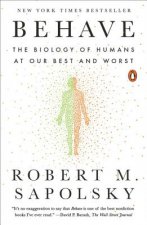
Behave
488 Kč -

Behave
713 Kč -
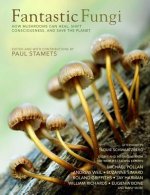
Fantastic Fungi
695 Kč -
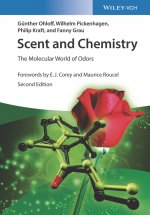
Scent and Chemistry - The Molecular World of Odors
2314 Kč -

Biology: A Global Approach, Global Edition
2003 Kč -

Alan Turing - The Enigma - The Book That Inspired the Film The Imitation Game - Updated Edition
301 Kč -

Oxford IB Study Guides: Biology for the IB Diploma
1103 Kč -

Ecology - From Individuals to Ecosystems 5e
1635 Kč -
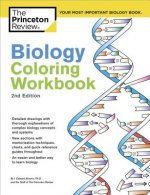
Biology Coloring Workbook, 2nd Edition
581 Kč -

Biology - A Self-Teaching Guide, Third Edition
529 Kč -

Cartoon Guide to Biology
447 Kč -

Preparing Dinosaurs
2216 Kč -
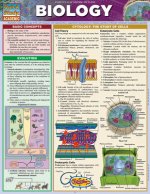
Biology
188 Kč -
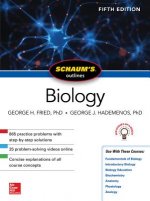
Schaum's Outline of Biology, Fifth Edition
947 Kč -

Extracellular Matrix in Development and Disease
2127 Kč -
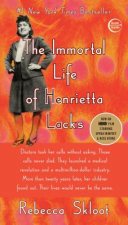
Immortal Life of Henrietta Lacks
334 Kč -

ISE Vertebrates: Comparative Anatomy, Function, Evolution
1907 Kč -
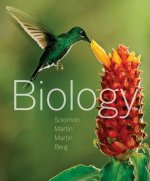
Biology
9651 Kč -

Genius of Birds
436 Kč -

Campbell Biology in Focus, Global Edition
2070 Kč -

Blood and Its Third Element
469 Kč -

Oxford IB Diploma Programme: IB Biology Print and Enhanced Online Course Book Pack
2466 Kč -

A-Level Biology: AQA Year 1 & 2 Complete Revision & Practice with Online Edition
700 Kč -
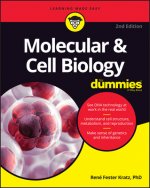
Molecular & Cell Biology For Dummies, 2nd Edition
472 Kč -
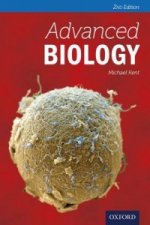
Advanced Biology
1959 Kč -

Biology For Dummies 3e
447 Kč -

Molecular Ecology, Third Edition
1994 Kč -

Ib Biology Online Course Book 2014 Edition: Oxford Ib Diploma Programme
2744 Kč -

Dirt
602 Kč -
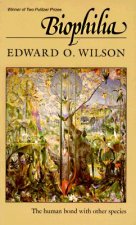
Biophilia
827 Kč -
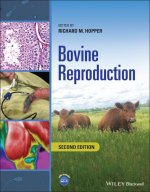
Bovine Reproduction, 2nd Edition
8864 Kč -
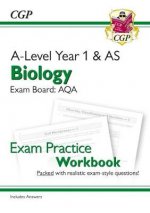
A-Level Biology: AQA Year 1 & AS Exam Practice Workbook - includes Answers
199 Kč -

Mitochondria and the Future of Medicine
544 Kč -

Molecular Biotechnology - Principles and Applications of Recombinant DNA, 6th Edition
3624 Kč -

Lizards of the World
3995 Kč -

A-Level Biology: Edexcel A Year 1 & 2 Complete Revision & Practice with Online Edition
700 Kč -

Oxford IB Diploma Programme: Biology Course Companion
1705 Kč -
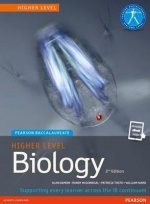
Pearson Baccalaureate Biology Higher Level 2nd edition print and ebook bundle for the IB Diploma
2184 Kč -

Biology for the IB Diploma Study and Revision Guide
1109 Kč -

Seven and a Half Lessons About the Brain
410 Kč -
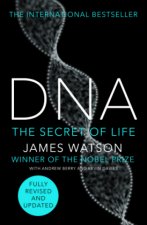
DNA
357 Kč -
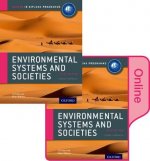
IB Environmental Systems and Societies Print and Online Pack
2102 Kč -
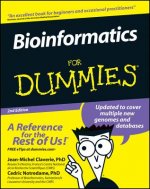
Bioinformatics For Dummies 2e
611 Kč -

Internal Assessment for Biology for the IB Diploma
1016 Kč -

ISE Vander's Human Physiology
1882 Kč -
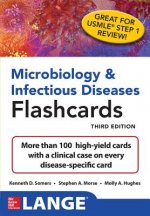
Microbiology & Infectious Diseases Flashcards, Third Edition
1404 Kč -
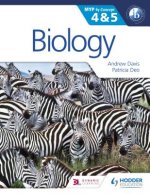
Biology for the IB MYP 4 & 5
1655 Kč -
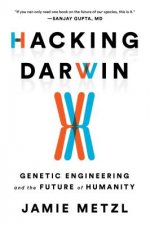
Hacking Darwin
575 Kč -

Growth of Biological Thought
1261 Kč
Osobní odběr Praha, Brno a 12903 dalších
Copyright ©2008-24 nejlevnejsi-knihy.cz Všechna práva vyhrazenaSoukromíCookies



 Vrácení do měsíce
Vrácení do měsíce 571 999 099 (8-15.30h)
571 999 099 (8-15.30h)